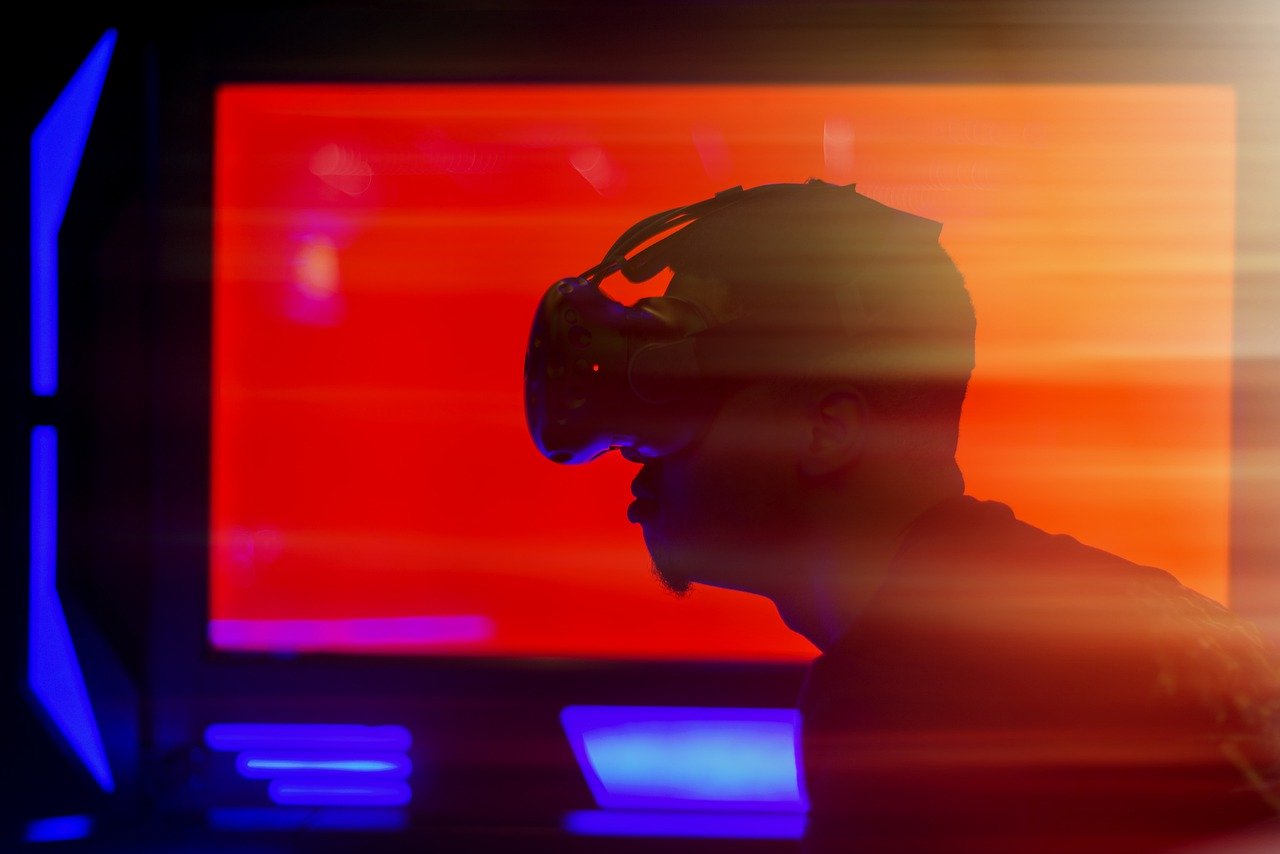Virtual reality has developed primarily in the video game industry. The earliest iterations hark back to the nineteen-eighties.
It wasn’t until the more recent Oculus VR, now owned by Facebook, as well as Sony’s video game VR offering that the technology came into its own.
Google has been working on its Google Cardboard project. A printable template that you can download and construct using cardboard.
Suffice it to say; the technology has met with a mixed reception. Fortunately, the buck doesn’t stop there.
An excellent example of technology that has branched in use far beyond its intended purpose, it is still viewed by some as a novelty.
Experts looking towards the future have recognized its immense potential in just about every imaginable industry. Already used in aviation and combat training.
With a bit of research, it is easy to understand the actual use of VR in its standard form continues to prove useful in countless applications.
When combined with top of the line infrastructure, the likes offered by say Gescan Industrial Solutions, VR can be used by multiple users, creating solutions for any training challenge imaginable.
Real estate companies can provide virtual tours of properties remotely, utilizing a shared VR space by way of products like Matterport.
Virtual reality is, sadly, limited in one critical aspect; functional interaction with the user’s physical surroundings.
VR limits a user to a virtual space, one which does not offer any reference to a person’s actual surroundings.
There is an offshoot of virtual reality that may, therefore, prove to be more revolutionary, completely game-changing in fact: augmented reality.
By combining the physical world with a virtual overlay, this technology stands to change everything from health care to home entertainment.
Picture a surgeon receiving vital medical information embedded within his visor while operating.
Then picture that smart software sources additional observations sourced from top medical journals to inform the surgeon’s decisions.
1. Planning visualized
The general practice of project planning may have gone digital in recent decades.
While computer-assisted design software has streamlined the job, there remains one key component that has seen no meaningful evolution.
Plans are two dimensional, whether on paper or on-screen. Yes, you may be able to revolve and rotate a 3D model on screen, but it is a two-dimensional viewpoint.
Imagine being able to view your entire project, incompletion, before even speaking to a contractor.
By utilizing 3D virtualization, your NURBS file can be overlaid in AR and considered before the project is initiated.
This offers real depth and perspective to a presentation, with the best possible representation of the end result. Augmented reality toolkits offer accelerometer, proximity, and GPS integration.
This means that you could walk around in a perfect virtual representation, overlaid in its designated position or form.
2. Preemptive troubleshooting
Being able to view your project in its entirety before starting construction allows you to double-check that your plans are conducive to perfect implementation.
Although you may have taken all consideration, the peace of mind of visually confirming specifications in the full virtual overlay is a prudent extra precaution.
Allowing you to fix problems beforehand, or make minor adjustments based on new insights, once you employ this practice, you will never look back.
3. Impressive presentation
 Being able to present your plans to your client, firm, or employees via an interactive experience is far more impressive than slides in the boardroom.
Being able to present your plans to your client, firm, or employees via an interactive experience is far more impressive than slides in the boardroom.
Doing so will offer you an extra failsafe by ensuring that your vision matches that of your client.
It stands to reason that you are painfully aware of the ‘last-minute miracle’ requests clients make.
With an interactive and fully realized representation of the final product, these changes can be made expediently and with next to no additional cost to the company.
Your employees and contractors will have a concise platform on which to gauge your plans.
Independent of their role and necessary insight, they can easily reference tasks specific to their role in implementation.
4. AR guided construction
Aerospace engineers in the field of space aviation already use VR in the physical process of construction. By utilizing AR visors, they have constructed the fuselage for an entire launch module.
The technology is not exclusively in use for building space rockets. Volvo and other car manufacturers have started basic implementation and testing in both design and production departments.
It is not difficult to understand why these engineers are giving positive feedback on AR.
Imagine working on a complex piece of equipment, or unusually intricate construct.
With an augmented overlay of the plans for the project, you can follow said ideas with incredible precision, without the use of exhaustive measurements and techniques.
You see the program overlaid on in the physical space in which it is to be implemented.
Development of both VR and AR alongside AI and machine learning foretells an engineering paradigm of the future that would be unrecognizable to us now, making it critical to your career to get as clued up on the topic as possible.
Augmented reality in its most cutting edge iteration utilizes LiDar, a technology that offers precision measurement using light to map an environment’s topology precisely.
This information is then combined with advanced processing software to overlay virtual imagery with pinpoint accuracy, both in scale and depth. This is where the critical difference between VR and AR comes in.
Overlay in this context, meaning that imagery is superimposed onto the user’s environment, while the still translucent visor does not obstruct vision. You can probably imagine some of the benefits this could have in engineering.
Outside of professional applications, one might think the technology to be restricted in possible uses. Well, Microsoft has been teasing visor technologies that could possibly supplant every single, smart device in your home.
We imagine any engineer would be exceptionally fascinated by the possibility of walking into a TV-less living room and then, with a quick command, having one superimposed on the wall to your preferred specifications.
There is no doubt that the future of tech can impress absolutely anyone.

The Ideas Plus Business Editorial Team is led by Adeyemi Adetilewa, a Digital Marketing Consultant. If you’re interested in writing for Ideas Plus Business, read this article first.

